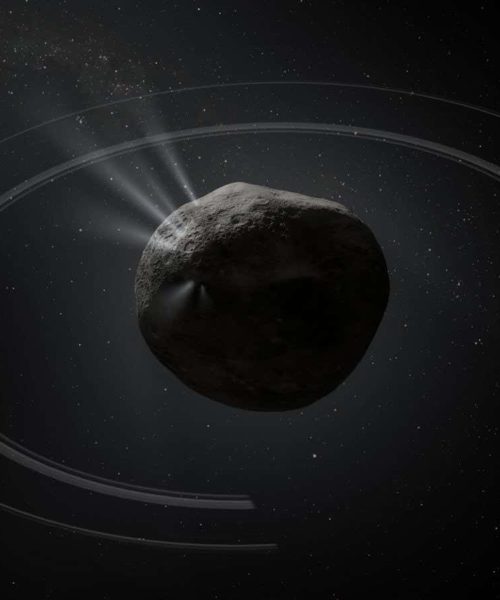
View of the moon’s surface taken from the SLIM lander’s tilted position
JAXA
Most landers we send to the moon operate for a single lunar day – about two Earth weeks – before being overtaken and killed by the extreme cold of lunar night. But Japan’s Smart Lander for Investigating Moon (SLIM) has now survived two nights on the moon and continues to send images back to Earth, an incredible feat.
SLIM is Japan’s first lunar lander, making it the fifth country to land a spacecraft on the moon. When it touched down on 19 January, it was tilted, so the solar panels did not provide enough power to keep it running for more than a few hours. After nine days, the sun had moved through the sky enough to start it back up again.
But after just three Earth days, lunar night began. Nighttime temperatures on the moon drop down as low as -133°C (-208°F), which can ruin spacecraft batteries and electronics. Generally, moon landers shut down for lunar night and never wake again, but when the sun rose over SLIM on 25 February, it turned back on.
Advertisement
This in itself was a surprise – the lander was not specifically designed to survive lunar night, and its original mission was meant to end when night fell. So when another night approached, it seemed this would be the end for SLIM.
But on 27 March, the official SLIM account posted the image above on X, with the caption: “We received a response from SLIM last night confirming that SLIM was successful in its second overnight. Last night, the sun was still high and the equipment was hot, so we hurriedly used the navigation camera to take pictures of the usual scenery for a short time.” It seems that in the next few Earth days, the lander should be able to restart its analysis of its surroundings.
Some spacecraft use radioactive elements to stay warm, but SLIM does not, making its survival particularly astonishing. “It is a major achievement, given that they are not using a radioisotope heater,” says Haym Benaroya at Rutgers University in New Jersey. “The outcome is important and impressive given that this is a major design consideration for electronics (and people) surviving the lunar night.” Analyses of how SLIM survived where so many other spacecraft have failed could help us understand how to keep warm on the moon.
Topics:





